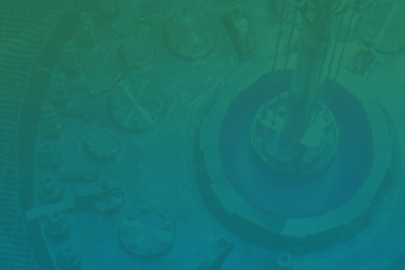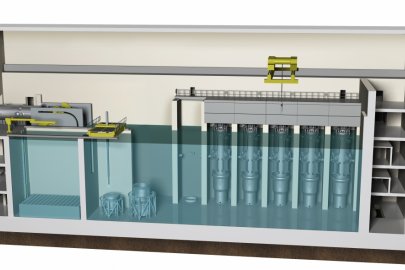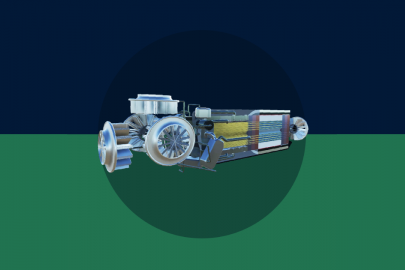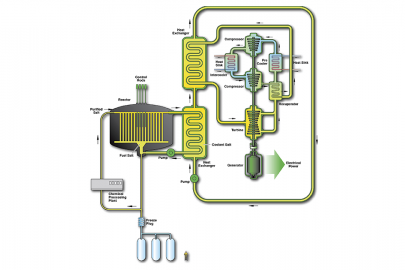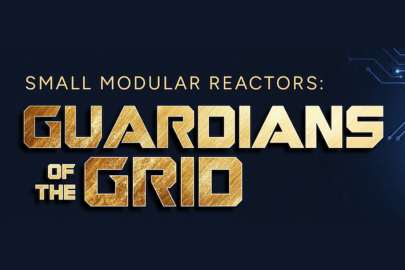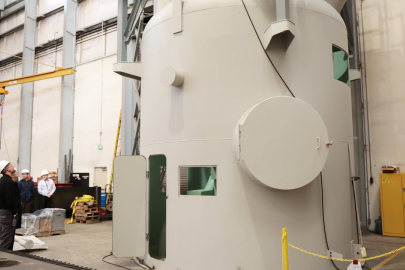Meet 6 advanced nuclear technologies searching for some love in the future marketplace.
February 12, 2019Updated: 2/14/2022

So … it’s been a while since nuclear has put itself out there.
Let’s be honest, nuclear doesn’t have a lot of time to worry about its appearance. It pretty much works around the clock with a capacity factor north of 90%.
And while it’s helped power our nation for more than 60 years, it is definitely time for a makeover.
The nuclear industry is mixing things up with a variety of choices on reactor types, coolants and even sizes.
And, to see which advanced nuclear technology might be the right match for you and your community, we decided to go dating app style with this post.
Meet six advanced nuclear technologies that will be searching for some love in the future marketplace.
Microreactors
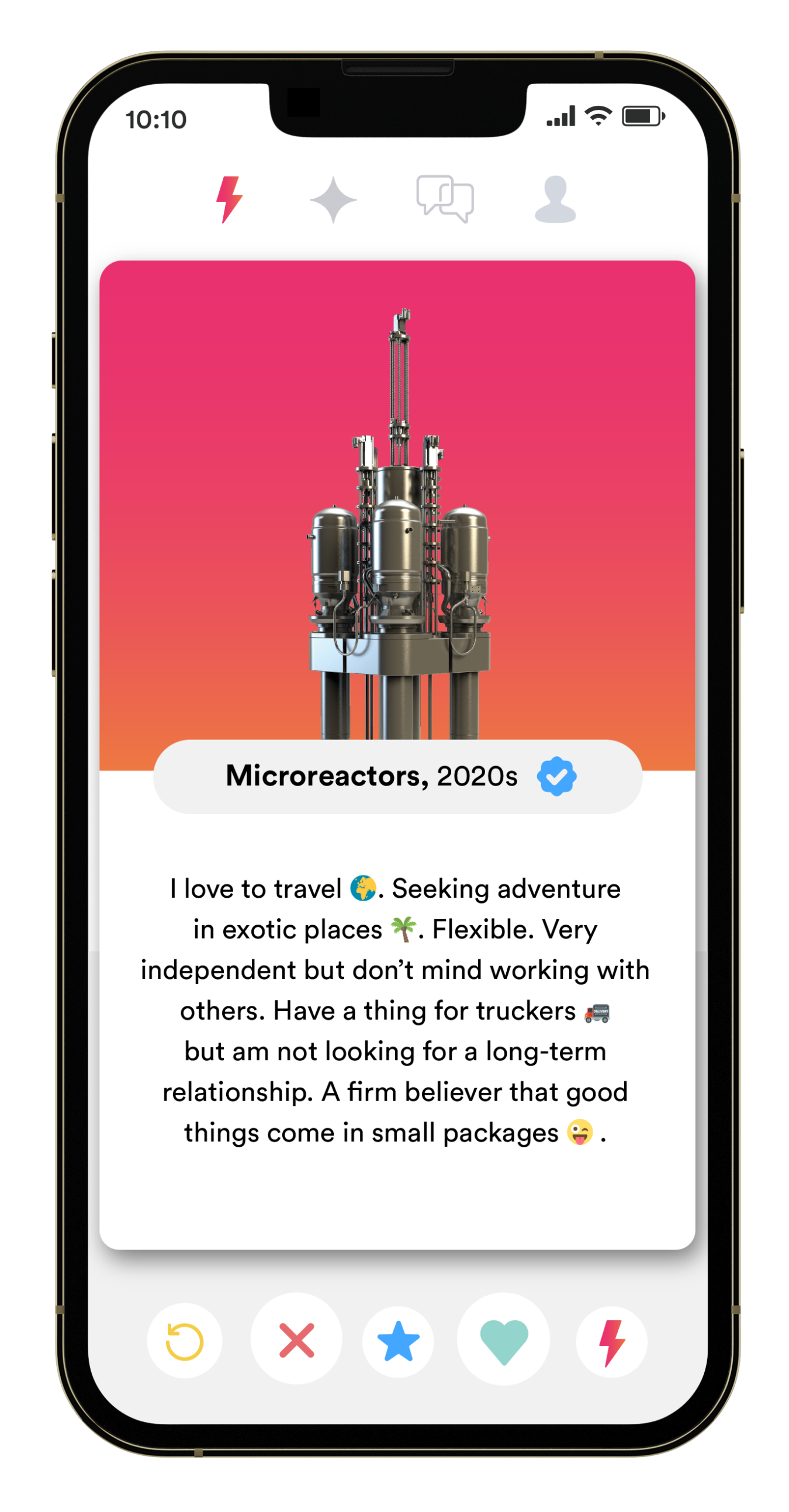
Microreactors are factory-built, plug-and-play reactors. They can provide between 1-20 megawatts of thermal energy used directly as heat or converted to electric power. They fit on the back of a semi-truck and will not require a large number of people to operate them. Microreactors can integrate seamlessly into distributed grids to complement renewable power and are expected to run continuously for about 10 years without refueling. Once the core is spent, they can be exchanged for a new one. Microreactors can be used to power military bases, disaster recovery efforts or remote locations where traditional infrastructure doesn’t exist.
Small Modular Reactors
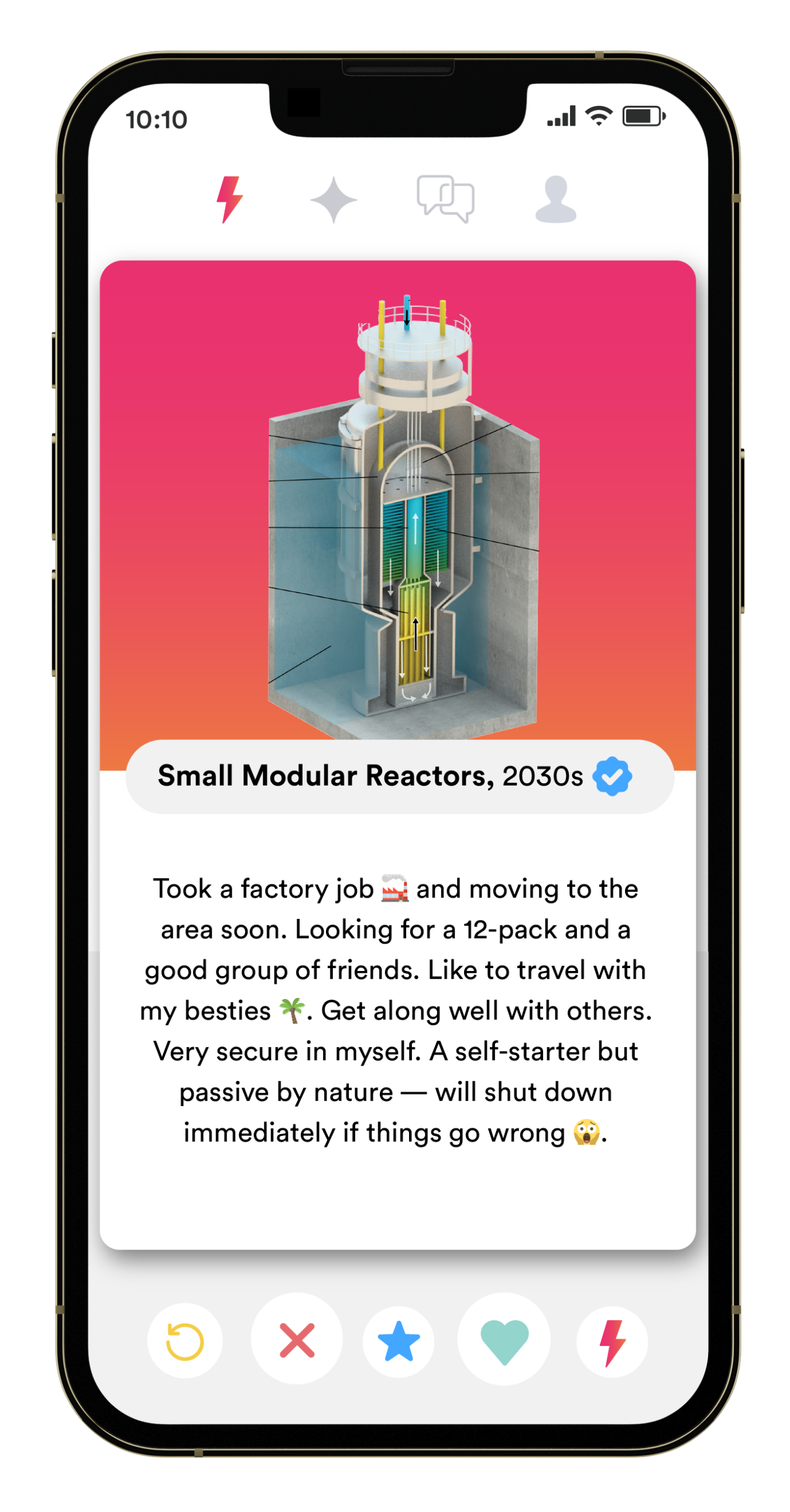
Small modular reactors are simply smaller, manufactured versions of large-scale reactors. They typically range from 20-300 megawatts of electric power and cost much less to build and operate. Some designs run alone, while others can be scaled up or down by adding or removing additional units. SMR designs rely on passive features that don’t require operator intervention to remain safe in the event of an accident. They can start up from a completely de-energized state without receiving power from the grid and can supply resilient power in the face of natural disasters.
Large-Scale Advanced Reactors
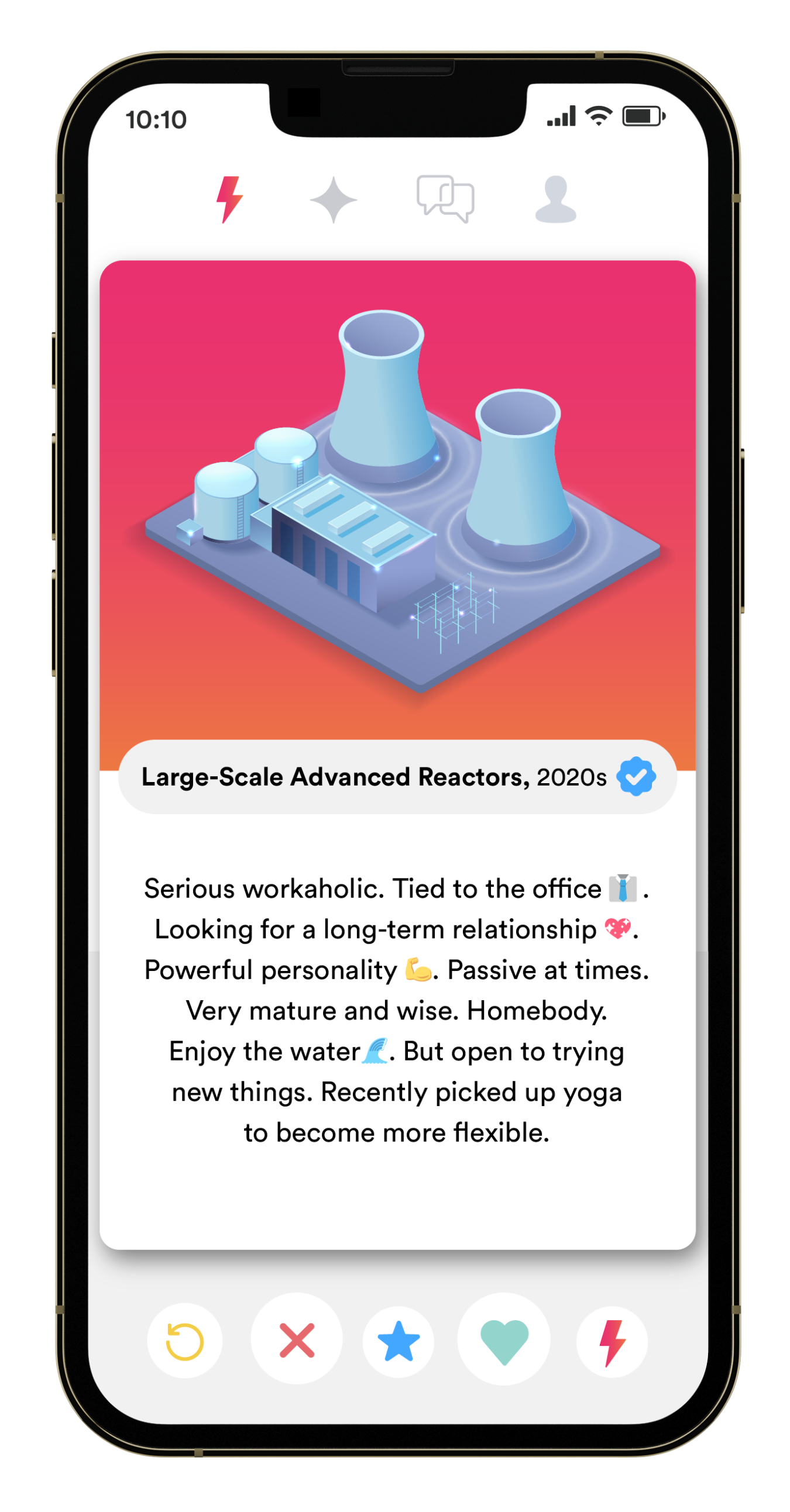
The United States is building two AP-1000 reactors in Georgia. This light-water reactor technology is based on decades of proven technology with advanced passive safety features and more modern instrumentation and controls. They are built for the long-term and provide constant, reliable clean power to the grid. Future designs are also being pursued that use different types of coolants instead of water and operate at higher temperatures.
Liquid Metal Fast Reactors
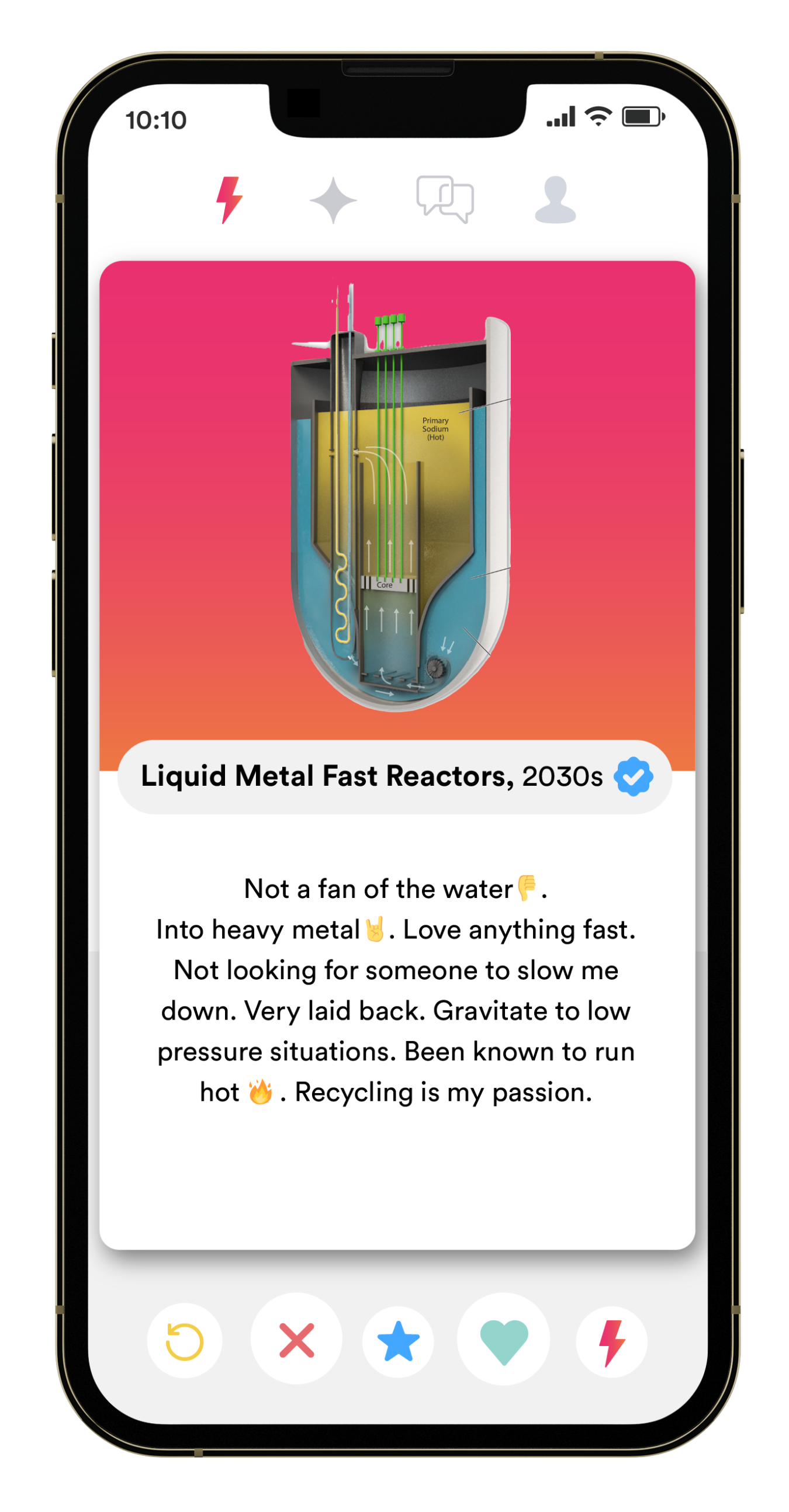
Liquid metal fast reactors use sodium or lead as a coolant. They operate at high temperatures and low pressures with demonstrated passive safety features. Since they operate with a fast neutron spectrum, they can be set up to burn long-lived fission products like neptunium and americium. This would greatly reduce long-term disposal of nuclear waste.
Gas-Cooled Reactors
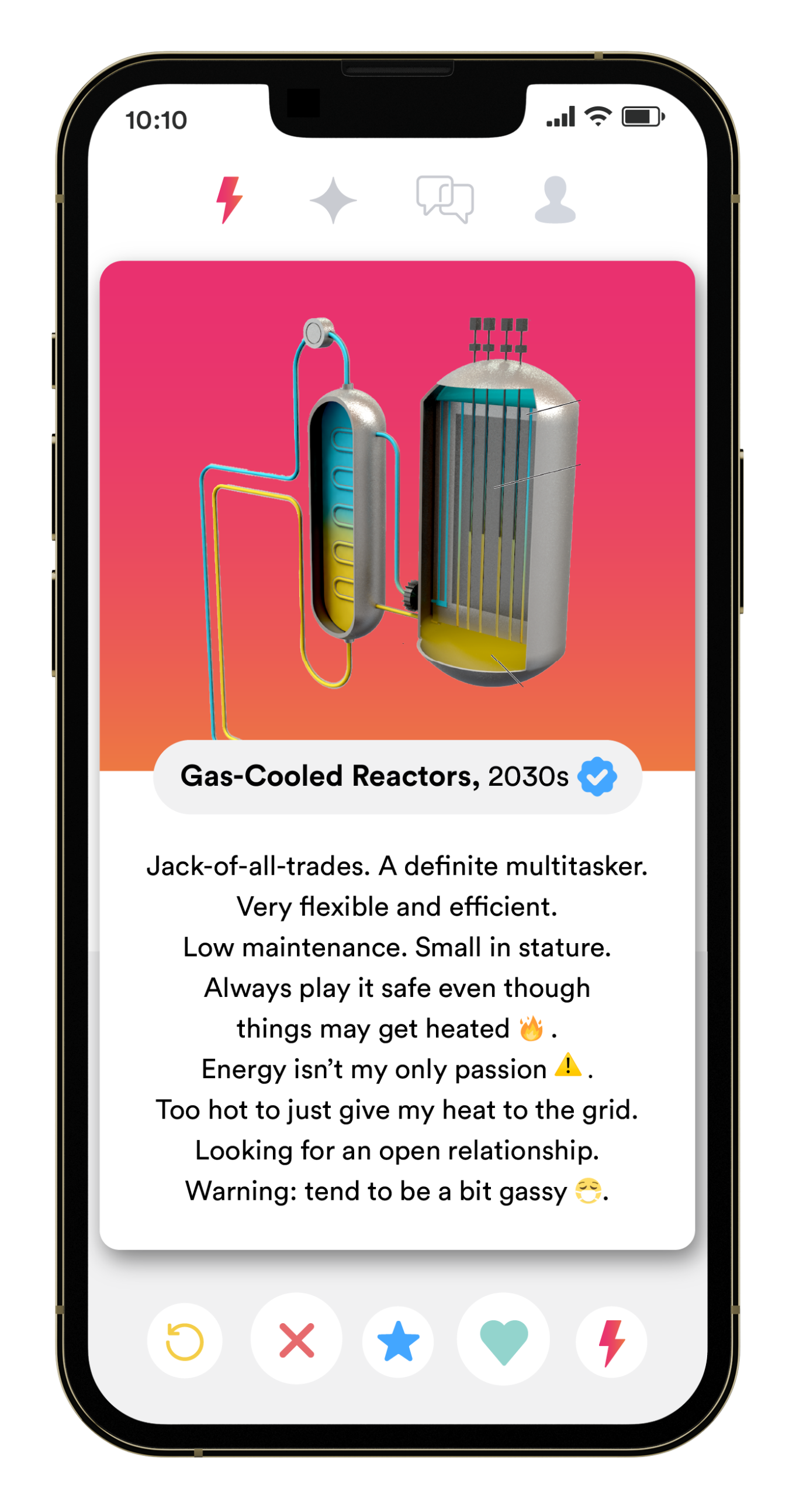
Gas-cooled reactors operate at very high temperatures (750° Celsius) that can be used to provide electricity or support non-electric applications such as water desalination, hydrogen production, and chemical processing. The high temperature output improves efficiency and online refueling allows for high availability. These reactors can be scaled to be modular and small with 75 megawatt electric output, or as large as current light-water reactors.
Molten Salt Reactors
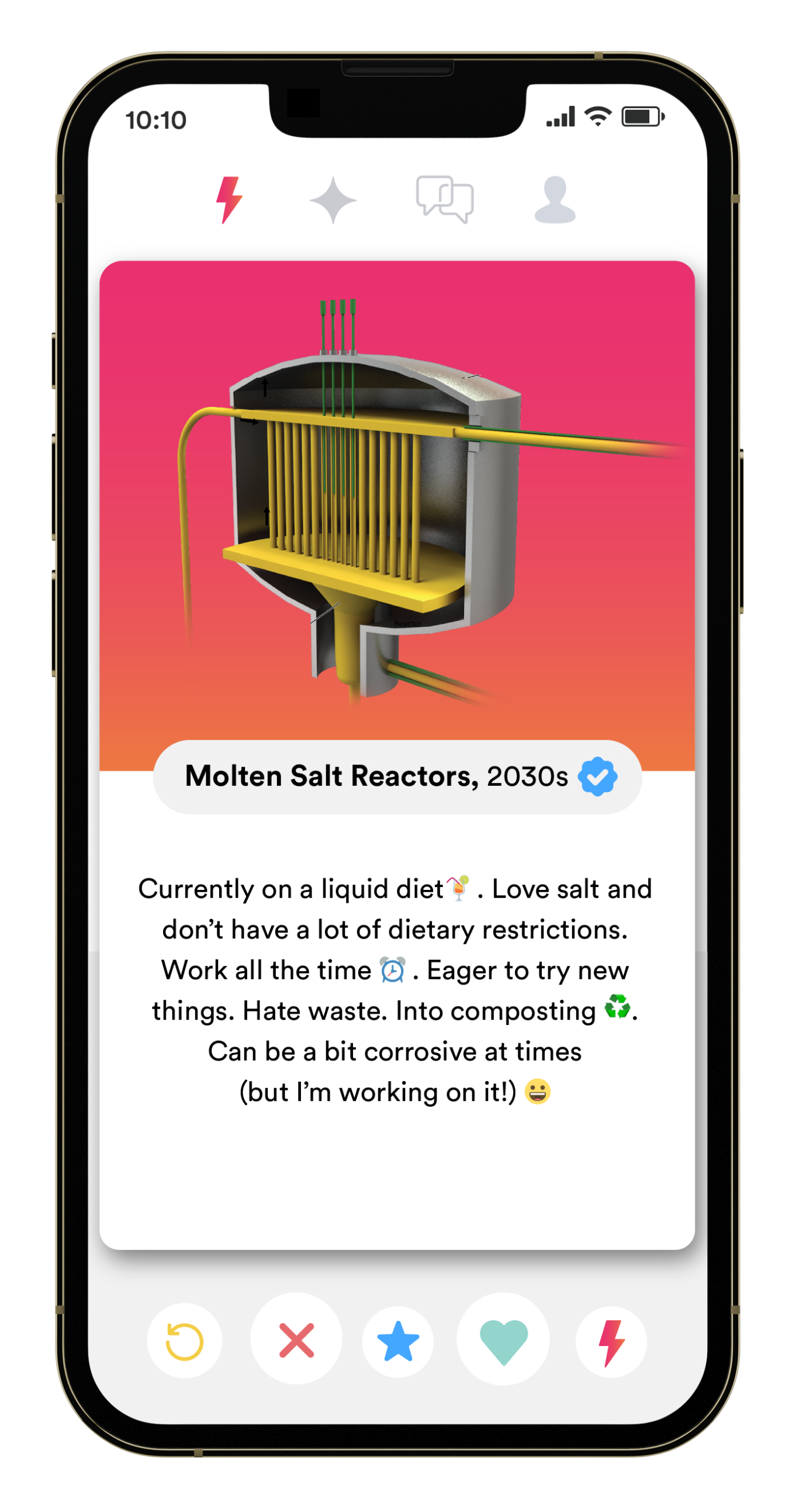
Molten salt reactors use molten fluoride or chloride salts as a coolant. The coolant can flow over solid fuel like other reactors or fissile materials can be dissolved directly into the primary coolant. These reactors are designed to use less fuel and produce shorter-lived radioactive waste than other reactor types. Online refueling offers high availability. The reactor can also use spent fuel from other reactors to greatly reduce the amount of waste disposal.


